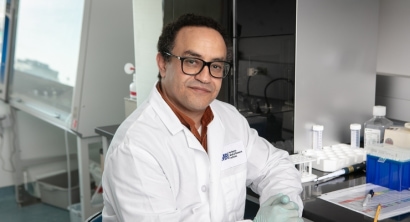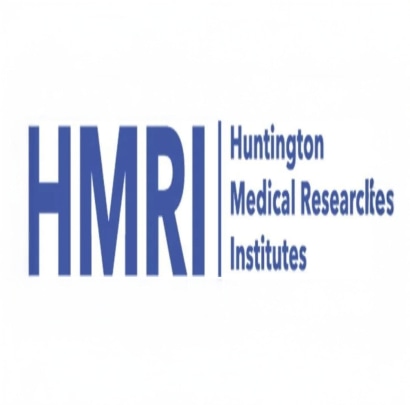
Nov 6 | Critical Conversations: The Future of American Science
Fearless: Critical Conversations on the Future of American Science For decades, the United States has been the global le…

Fearless: Critical Conversations on the Future of American Science For decades, the United States has been the global le…

The Quiet Cure: Stopping Bleeding Without a Clot A scientific seminar by Dr. Abdala Elkhal, PhD When: Wednesday, Novemb…

Astrid M. Suchy-Dicey, PhD, chair and
scientific director of Clinical and Translational Neuroscience and principal…

The abstract, Endothelial GABAA Receptor Signaling Modulates Postnatal Brain Development, from the Angiogenesis and Brai…

PASADENA, Calif. — November 20, 2025 — A new preclinical study led by researchers at Huntington Medical Rese…

Alfred N. Fonteh, PhD, head of the Biomarker Neuro-disease Mechanism Laboratory and Joby Jose, PhD, postdoctoral researc…

Robert A. Kloner, MD, PhD,HMRI's chief science officer and chair of Cardiovascular Research, and professor medicine (cli…

HMRI Clinical and Translational Neuroscientist, Alfred N. Fonteh, PhD was published in Alzheimer's & Dementia: The J…

President and CEO, Julia E. Bradsher, PhD, MBA moderated a panel discussion as part of HMRI's Annual Science Day on July…

President and CEO, Julia E. Bradsher, PhD, MBA moderated a panel discussion on November 6, 2024 highlighting current tre…

The Quiet Cure: Stopping Bleeding Without a Clot A scientific seminar by Dr. Abdala Elkhal, PhD When: Wednesday, Novemb…

Network Hyperexcitability in Alzheimer's Disease: An Early Intervention Opportunity A scientific seminar by Dr. Keith V…

ABOUT THE SPEAKER: The Biomarkers Neuro-Disease Mechanism Lab (BNML) is led by Alfred Fonteh, PhD, who has investigated…

Astrid M. Suchy-Dicey, PhD, chair and scientific director of Clinical and Translational Neuroscience and principal inves…

July 23, 2025 HMRI scientists and the 2025 cohort of students present their research to the public. Details Coming Soon